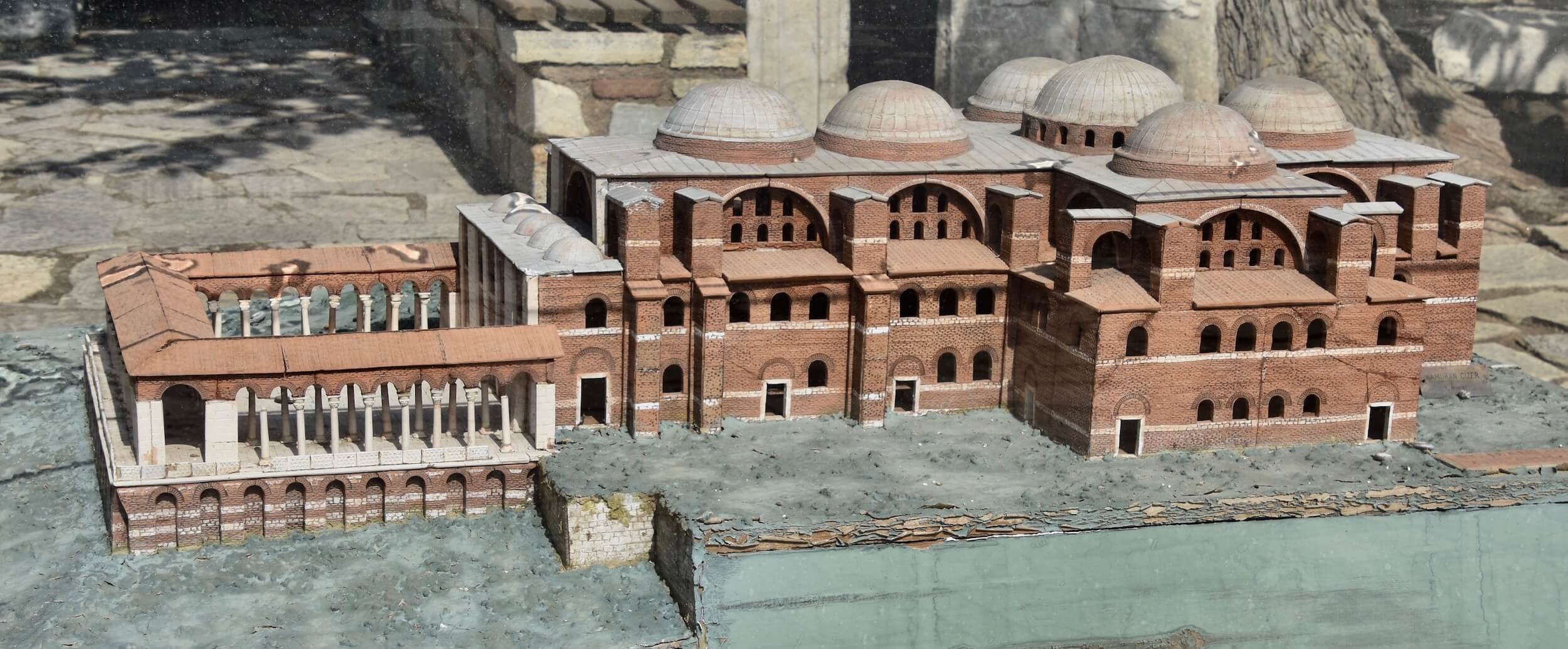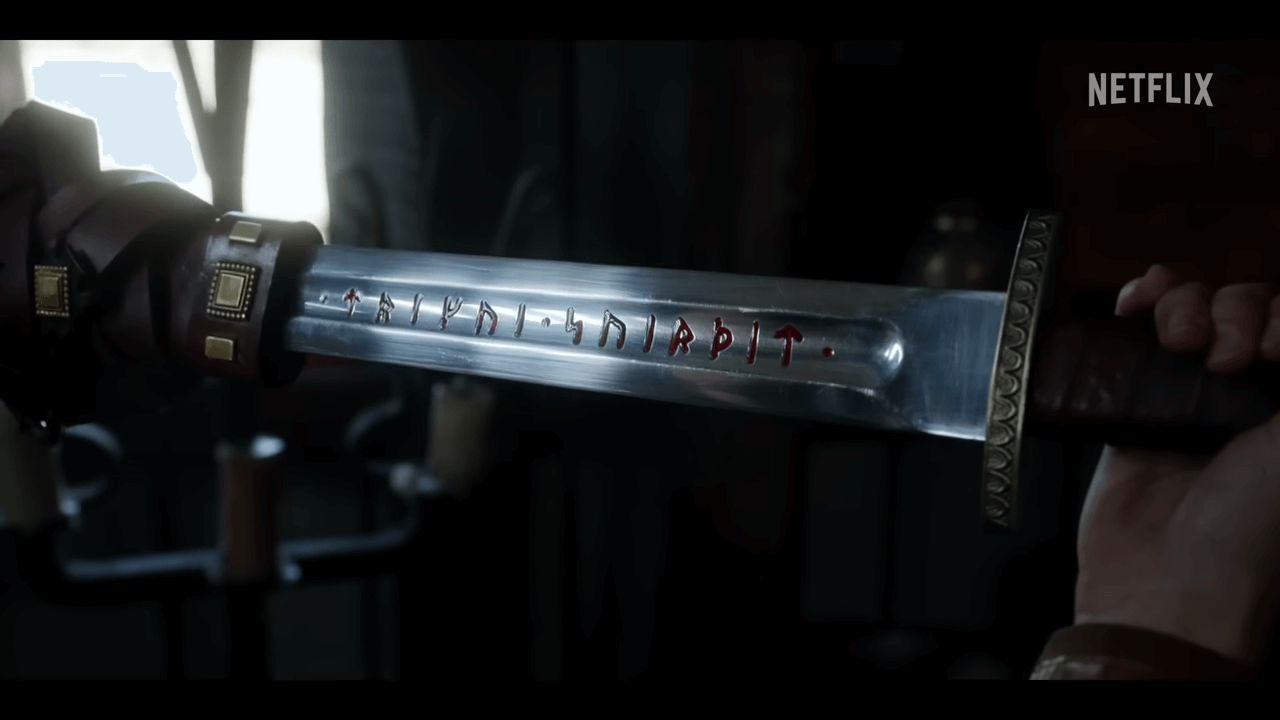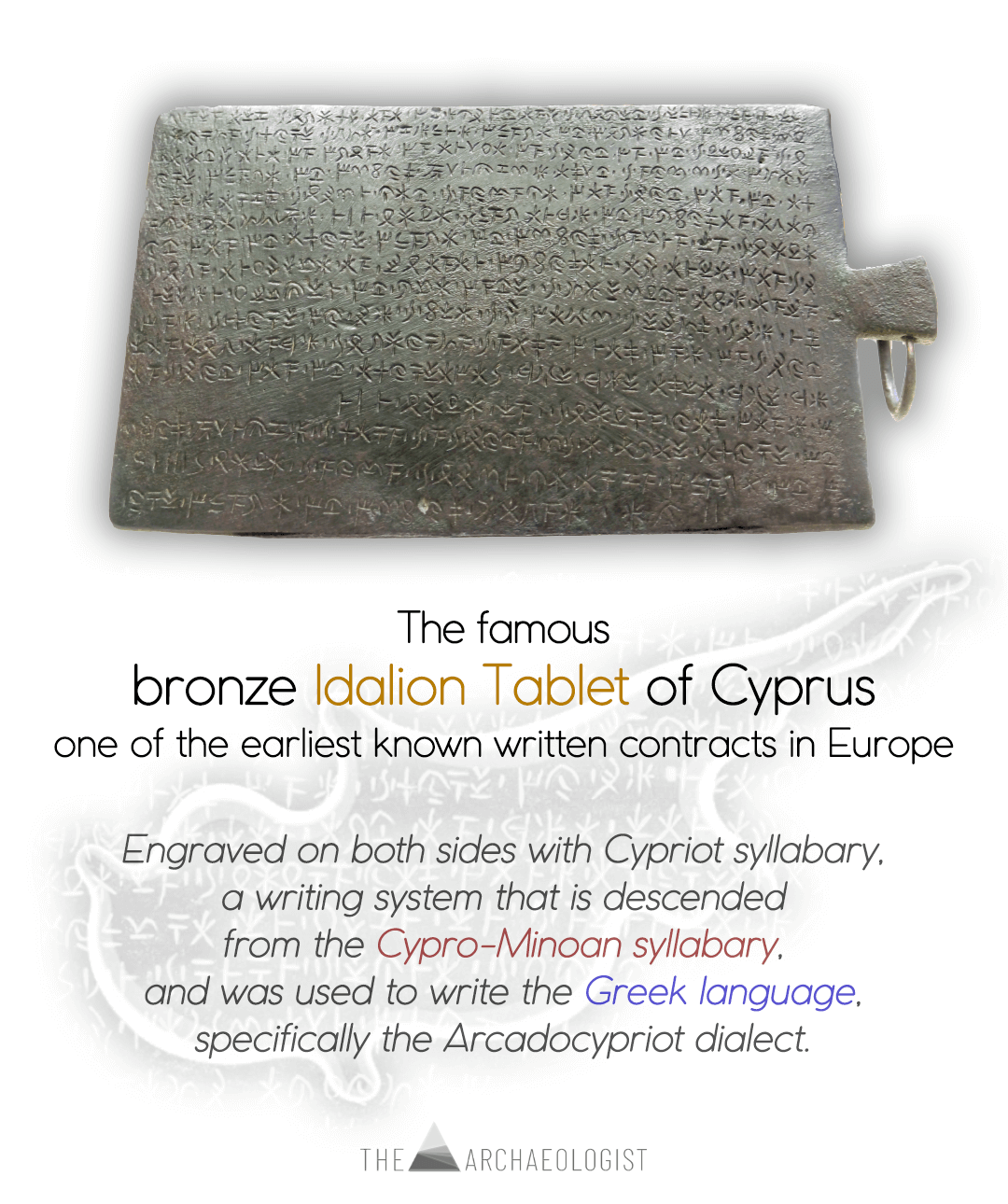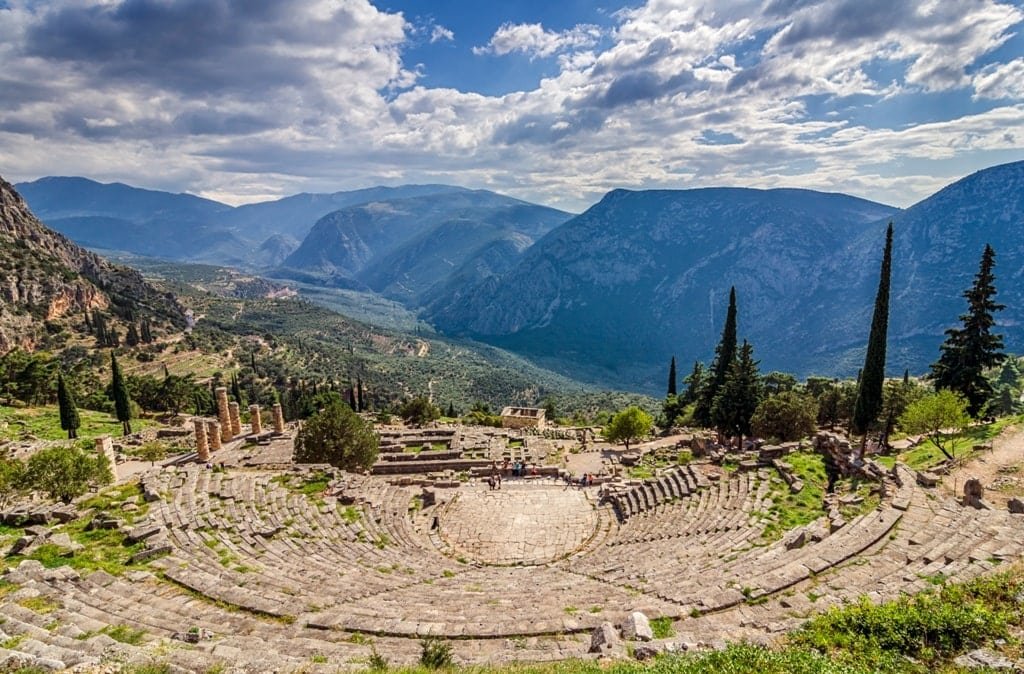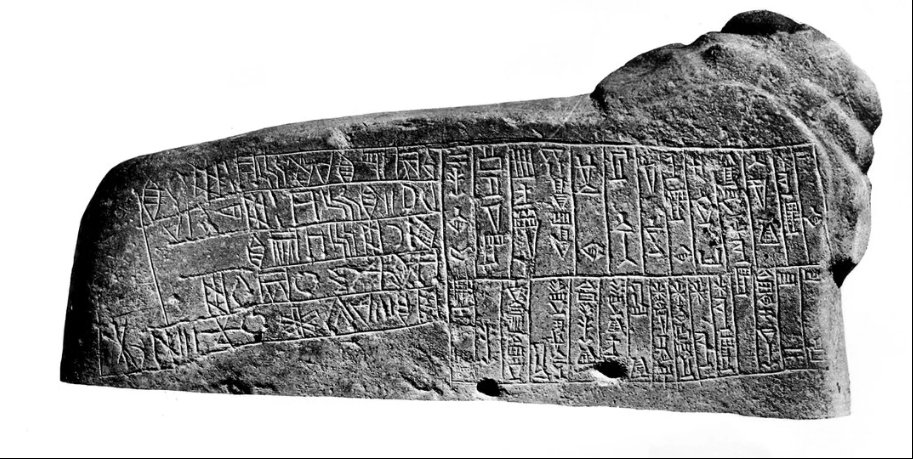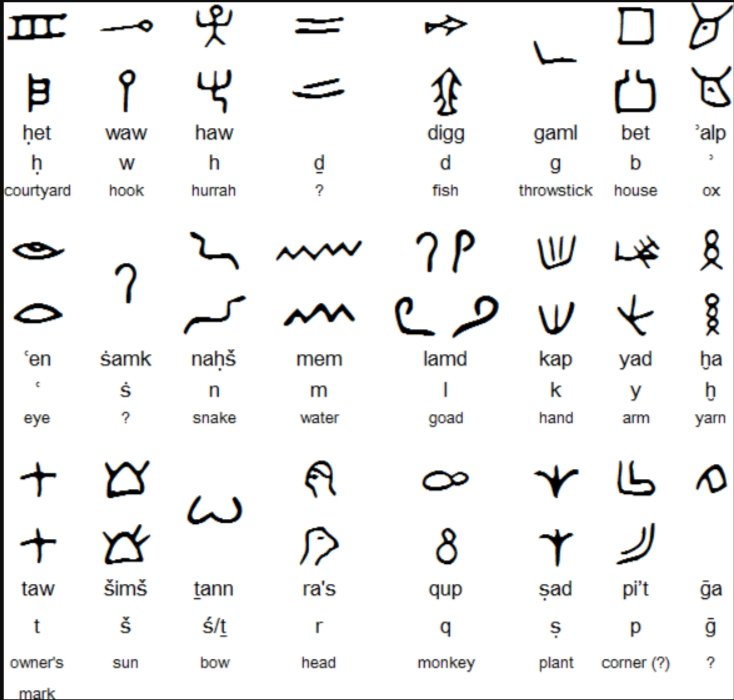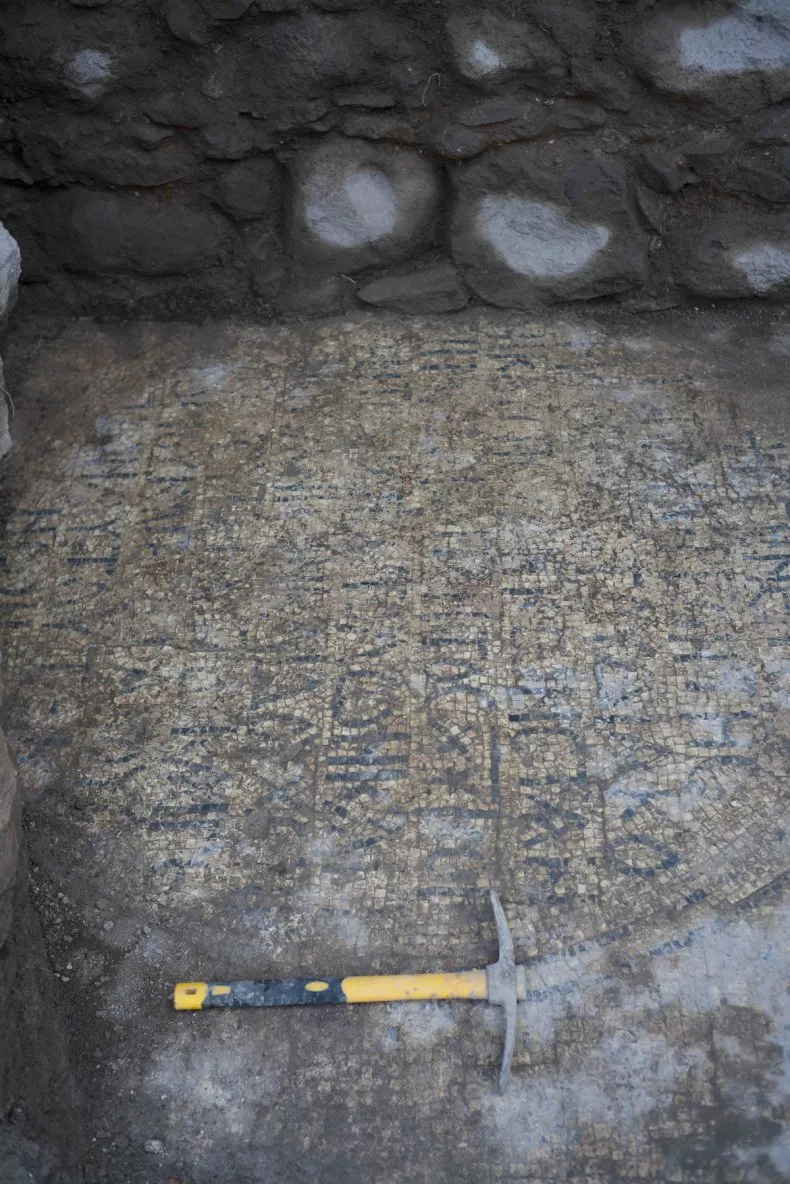Ancient Marvels Meet Modern Innovation in Thessaloniki’s One-of-a-Kind Metro-Museum
Thessaloniki, a city with over 2,300 years of continuous history, has just unveiled a groundbreaking metro system that is not merely a means of transportation but a journey through the layers of its storied past. Hailed as the most modern metro system in Europe and the first of its kind in the world to integrate an archaeological museum, the Thessaloniki Metro is a shining example of innovation and preservation working hand in hand.
A Metro Unlike Any Other
The Thessaloniki Metro isn’t just about cutting-edge trains and improved urban mobility; it is a window into history, with every station offering a glimpse of the city’s ancient and Byzantine heritage. During its construction, which began in 2006, excavations unearthed thousands of archaeological treasures, transforming the project into the largest archaeological dig in northern Greece.
The finds include a headless statue of Aphrodite, intricate mosaics, golden wreaths, Roman-era plumbing systems, and over 300,000 other artifacts. The crown jewel is undoubtedly the preservation of the city's Decumanus Maximus—the main thoroughfare of Roman Thessaloniki—which lies beneath the bustling Egnatia Street. This ancient road, lined with marble columns and featuring a Byzantine marketplace, is now displayed in situ at Venizelou Station, offering commuters a direct connection to the city’s past.
Venizelou Station: The World’s First Open Metro Museum
The centerpiece of the metro is Venizelou Station, a marvel of engineering and archaeological preservation. This station allows visitors to experience an open museum underground, featuring a Byzantine road complete with shops, workshops, and other urban elements preserved exactly as they were unearthed. The station’s design ensures that passengers and visitors alike can admire these ancient treasures in their original context, creating a seamless blend of ancient and modern.
Unlike other metro systems worldwide, Thessaloniki’s approach goes beyond displaying artifacts in glass cases. Here, history surrounds you—beneath your feet, beside you as you walk to the platforms, and even on the walls that frame the station.
A City Shaped by History
Thessaloniki’s unique identity has always been shaped by its geography and history. Founded in 315 BCE by King Cassander of Macedonia, the city has been a melting pot of cultures and civilizations. It thrived as a vital hub in the Roman Empire, became a bastion of Byzantine culture, and endured centuries of Ottoman rule. Its location on the Via Egnatia, a major trade and military route connecting Rome to Constantinople, cemented its role as a bridge between East and West.
This complex history is embedded in the layers of soil beneath the city. Every step of the metro’s construction was a delicate dance between modern engineering and the safeguarding of these historical treasures, a process that demanded patience, ingenuity, and collaboration between archaeologists and engineers.
Challenges and Triumphs
The project was not without controversy and challenges. Initial plans called for some artifacts to be relocated, sparking public outcry and a legal battle that reached Greece’s highest court. Ultimately, a solution was found: the metro’s design was reconfigured to preserve and display the discoveries in situ. This decision not only delayed the project but also significantly increased its budget, with archaeological work alone costing over €132 million.
Despite these hurdles, the end result is a triumph. Thessaloniki’s metro now stands as a global model for how infrastructure projects can respect and enhance cultural heritage rather than erase it.
A Journey Through Time
For residents and visitors alike, traveling on the Thessaloniki Metro is more than a commute—it is an immersive experience. From the marble-paved roads of Roman times to Byzantine crossroads and Ottoman-era artifacts, each station tells a part of the city’s story. The metro serves as both a practical urban solution and a cultural treasure trove, ensuring that Thessaloniki’s rich history is preserved for generations to come.
A Vision for the Future
As Thessaloniki steps into the future with one of the most advanced metro systems in Europe, it does so with a profound respect for its past. The city has shown the world that progress and preservation can coexist, creating a legacy that honors its ancient roots while embracing modernity. The Thessaloniki Metro isn’t just a transportation network—it’s a celebration of a city where history is never forgotten, even as it surges forward into the 21st century.























